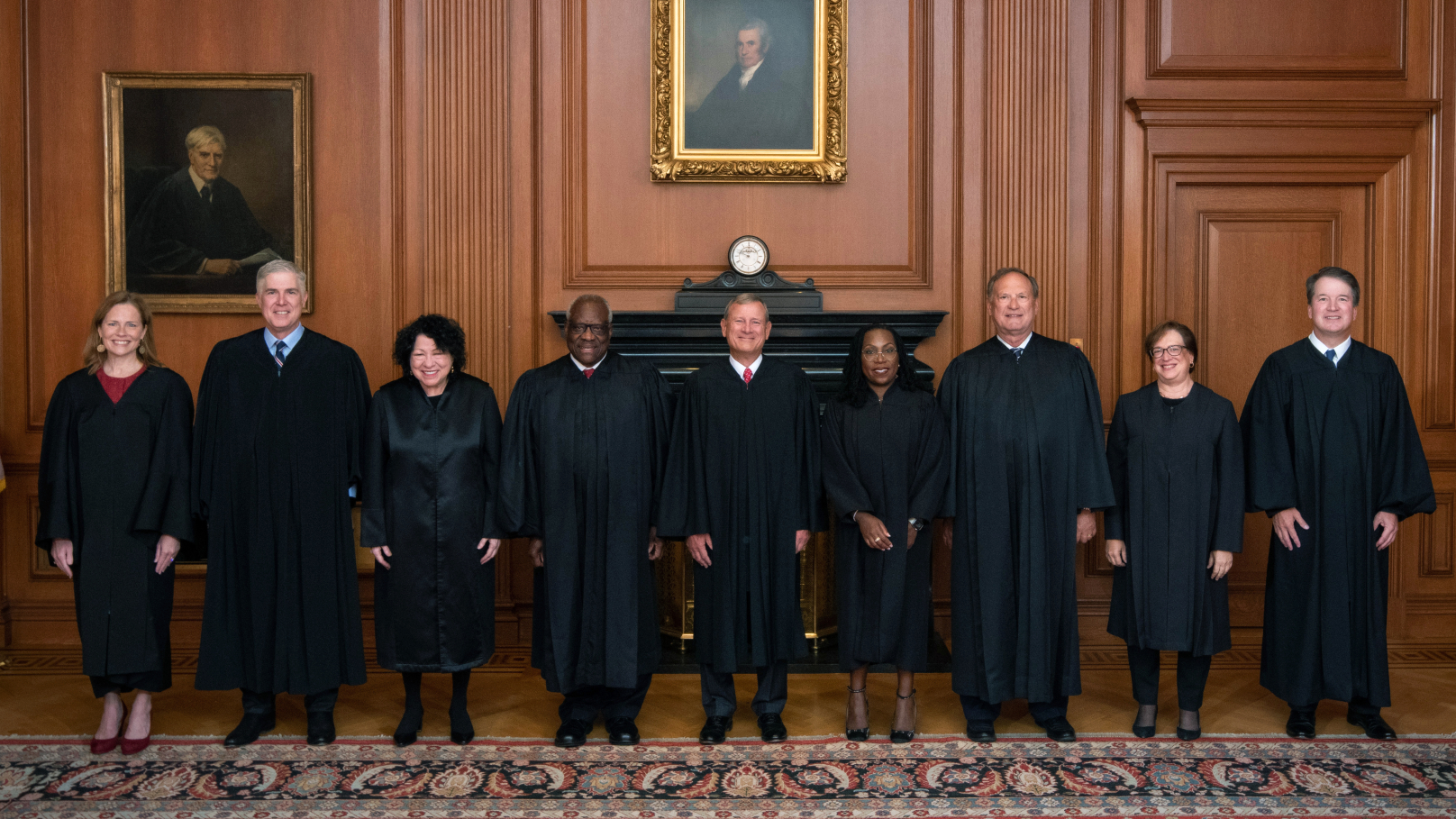Arkansas executes 4th prisoner in 11 days, after U.S. Supreme Court declines to intervene


On Thursday night, the U.S. Supreme Court declined to issue a stay of execution for Arkansas death row inmate Kenneth Williams, 38, clearing the way for his execution before midnight. Williams is the fourth and apparently final inmate Arkansas will put to death before its supply of one of three lethal-injection drugs expires at the end of April. Originally, Gov. Asa Hutchinson had scheduled eight executions, two at a time, over 11 days; courts have stayed four of them. Williams had been scheduled for execution at 7 p.m., but Arkansas had postponed it pending word from the Supreme Court.
Lawyers for Williams and Harvard Law School's Fair Punishment Project had appealed his execution by arguing that the previous executions had been flawed and left the inmates suffering as they died, and also that Williams is developmentally disabled. Lawyers for the state told the U.S. 8th Circuit Court of Appeals that while Williams has "low average" intelligence, he did not cooperate with the doctors testing his mental capacity. Williams was convicted of murdering two people and later confessed to a third murder, and when he escaped from prison, he killed a fourth person when his getaway car slammed into a water truck.
UPDATE: Williams was pronounced dead at 11:05 p.m. local time, after the lethal injection regime was administered starting at 10:52 p.m., according to prison officials.
The Week
Escape your echo chamber. Get the facts behind the news, plus analysis from multiple perspectives.

Sign up for The Week's Free Newsletters
From our morning news briefing to a weekly Good News Newsletter, get the best of The Week delivered directly to your inbox.
From our morning news briefing to a weekly Good News Newsletter, get the best of The Week delivered directly to your inbox.
A free daily email with the biggest news stories of the day – and the best features from TheWeek.com
Peter has worked as a news and culture writer and editor at The Week since the site's launch in 2008. He covers politics, world affairs, religion and cultural currents. His journalism career began as a copy editor at a financial newswire and has included editorial positions at The New York Times Magazine, Facts on File, and Oregon State University.
-
 The Week Unwrapped: What’s the cost of PFAs?
The Week Unwrapped: What’s the cost of PFAs?Podcast Plus why is George Osborne joining OpenAI? And has universal basic income finally come of age?
-
 The week’s best photos
The week’s best photosIn Pictures A dervish dance off, a frosty forest, and more
-
 Mount Rainier is on its way down
Mount Rainier is on its way downUnder the radar Its peak elevation is approximately 20 feet lower than it once was
-
 ABC News to pay $15M in Trump defamation suit
ABC News to pay $15M in Trump defamation suitSpeed Read The lawsuit stemmed from George Stephanopoulos' on-air assertion that Trump was found liable for raping writer E. Jean Carroll
-
 Judge blocks Louisiana 10 Commandments law
Judge blocks Louisiana 10 Commandments lawSpeed Read U.S. District Judge John deGravelles ruled that a law ordering schools to display the Ten Commandments in classrooms was unconstitutional
-
 ATF finalizes rule to close 'gun show loophole'
ATF finalizes rule to close 'gun show loophole'Speed Read Biden moves to expand background checks for gun buyers
-
 Hong Kong passes tough new security law
Hong Kong passes tough new security lawSpeed Read It will allow the government to further suppress all forms of dissent
-
 France enshrines abortion rights in constitution
France enshrines abortion rights in constitutionspeed read It became the first country to make abortion a constitutional right
-
 Texas executes man despite contested evidence
Texas executes man despite contested evidenceSpeed Read Texas rejected calls for a rehearing of Ivan Cantu's case amid recanted testimony and allegations of suppressed exculpatory evidence
-
 Supreme Court wary of state social media regulations
Supreme Court wary of state social media regulationsSpeed Read A majority of justices appeared skeptical that Texas and Florida were lawfully protecting the free speech rights of users
-
 Greece legalizes same-sex marriage
Greece legalizes same-sex marriageSpeed Read Greece becomes the first Orthodox Christian country to enshrine marriage equality in law
